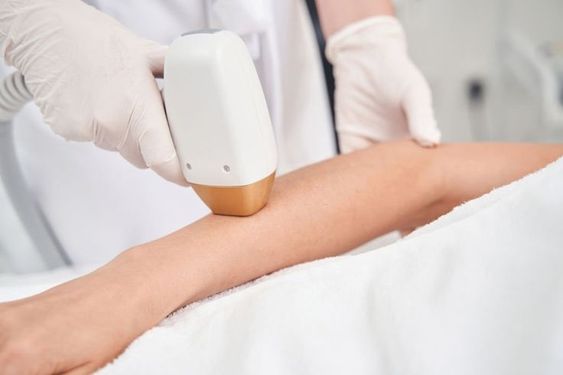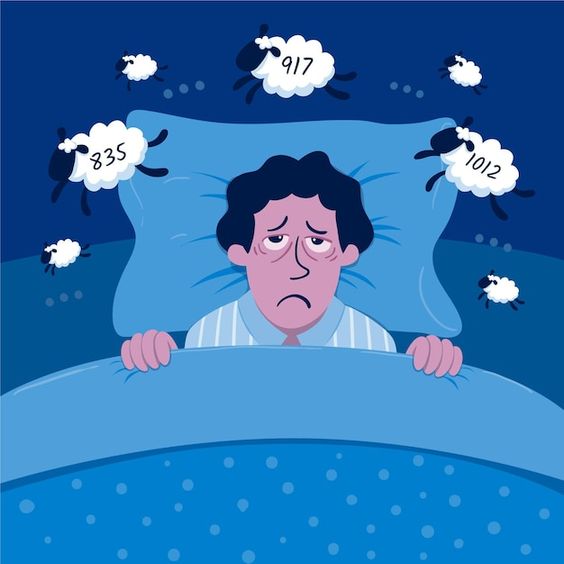Introduction:
Are you tired of endless shaving, waxing, and tweezing? Laser hair removal offers a long-lasting solution to unwanted hair, helping you achieve smoother, silkier skin. But with so much information available, it can feel overwhelming to know where to start. This comprehensive guide will walk you through everything you need to know about laser hair removal, from how it works to what to expect during and after treatment.

Laser hair removal is a non-invasive cosmetic procedure that uses highly concentrated light to target and disable hair follicles. The laser emits a specific wavelength of light that is absorbed by the pigment in the hair follicle, effectively destroying the follicle and preventing future hair growth.
Understanding Laser Hair Removal:
Laser hair removal is most effective on hair that is in the active growth phase, known as the anagen phase. Since not all hairs are in this phase at the same time, multiple treatment sessions are required to target all hair follicles in the desired area.
Benefits of Laser Hair Removal:
This popular procedure offers a variety of benefits, including:
- Long-lasting Results: Laser hair removal offers a more permanent solution compared to traditional hair removal methods.
- Precision: The laser can selectively target specific hair follicles, leaving the surrounding skin undamaged.
- Speed: Treatment sessions can be quick, especially for smaller areas like the upper lip or underarms.
- Reduced Ingrown Hairs: Laser hair removal can significantly minimize the occurrence of painful ingrown hairs.
What to Expect During and After Treatment:
Before your treatment, you'll consult with a qualified technician to determine your suitability and discuss your desired outcomes. During the procedure, you'll wear protective eyewear while the technician applies the laser to your skin.
Following treatment, you might experience some mild redness or swelling, which typically subsides within a few hours or days. Your technician will provide you with aftercare instructions to ensure optimal healing and minimize any potential side effects.





